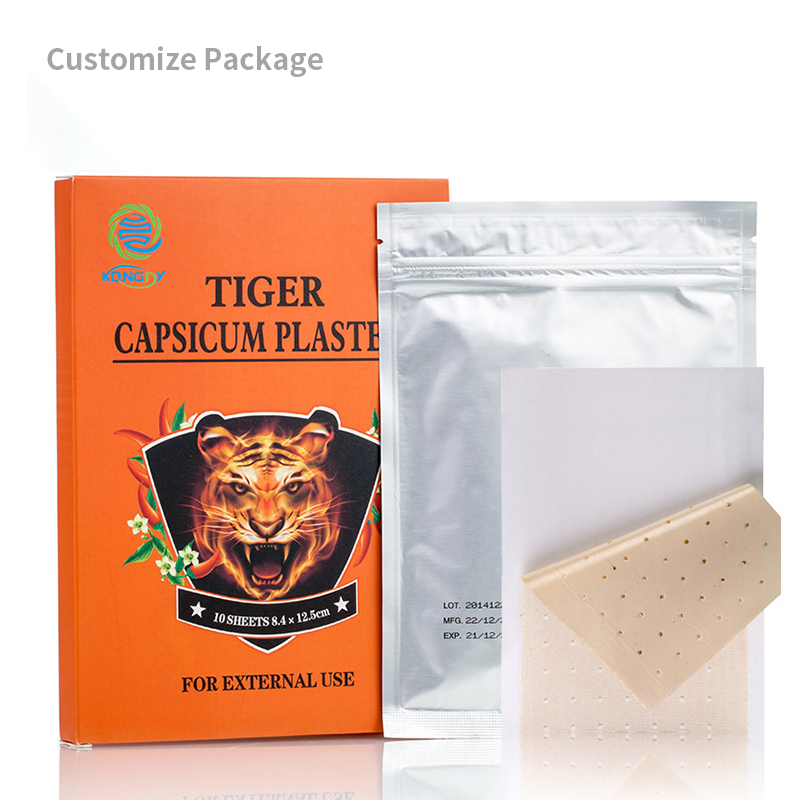Regulations Governing the Packaging and Labeling of OEM Capsicum Plaster: A Comprehensive Guide
In the dynamic world of healthcare products, regulations surrounding the packaging and labeling of OEM (Original Equipment Manufacturer) capsicum plaster are crucial for ensuring consumer safety, product quality, and compliance with industry standards. This article aims to provide a detailed overview of the regulations that govern the packaging and labeling of OEM capsicum plaster, focusing on the requirements for manufacturers, OEM partners, and custom products.
Packaging Regulations for OEM Capsicum Plaster
OEM capsicum plaster manufacturers are required to adhere to stringent packaging regulations to ensure the product's safety, stability, and efficacy. The packaging materials must be of high quality, non-reactive with the product, and capable of protecting the plaster from contamination, moisture, and other external factors that could compromise its integrity.
Moreover, the packaging must be tamper-evident to prevent unauthorized access or tampering. This ensures that the product remains in its original, unadulterated state until it reaches the consumer.
Labeling Requirements for OEM Capsicum Plaster
The labeling of OEM capsicum plaster is also subject to strict regulations. The label must contain accurate and clear information about the product, including:
- Product Name and Description: The label should prominently display the name of the capsicum plaster and a brief description of its purpose and intended use.
- Ingredients: A complete list of active and inactive ingredients, including the concentration or percentage of each ingredient, must be included on the label.
- Manufacturer Information: The name and contact information of the manufacturer or OEM partner must be clearly stated on the label.
- Warnings and Cautions: Any warnings or cautions related to the use of the capsicum plaster, such as contraindications, potential side effects, and special storage requirements, must be prominently displayed on the label.
- Batch Number and Expiration Date: Each pack of capsicum plaster must have a unique batch number and an expiration date to track the product's manufacturing history and ensure its freshness.
Regulations for Custom Capsicum Plaster
When it comes to custom capsicum plaster, manufacturers and OEM partners must ensure that the packaging and labeling meet the specific requirements of the custom order. This includes adhering to any specific branding, design, or labeling instructions provided by the customer. However, it is crucial to note that even in the case of custom products, the packaging and labeling must still comply with the general regulations governing the safety, quality, and efficacy of capsicum plaster.
Conclusion
In conclusion, the packaging and labeling of OEM capsicum plaster are subject to strict regulations that aim to ensure consumer safety, product quality, and compliance with industry standards. Manufacturers and OEM partners must adhere to these regulations and ensure that their products meet all requirements, including the use of high-quality packaging materials, tamper-evident packaging, and accurate and clear labeling information. By doing so, they can ensure that their OEM capsicum plaster products are safe, effective, and compliant with all relevant regulations.






